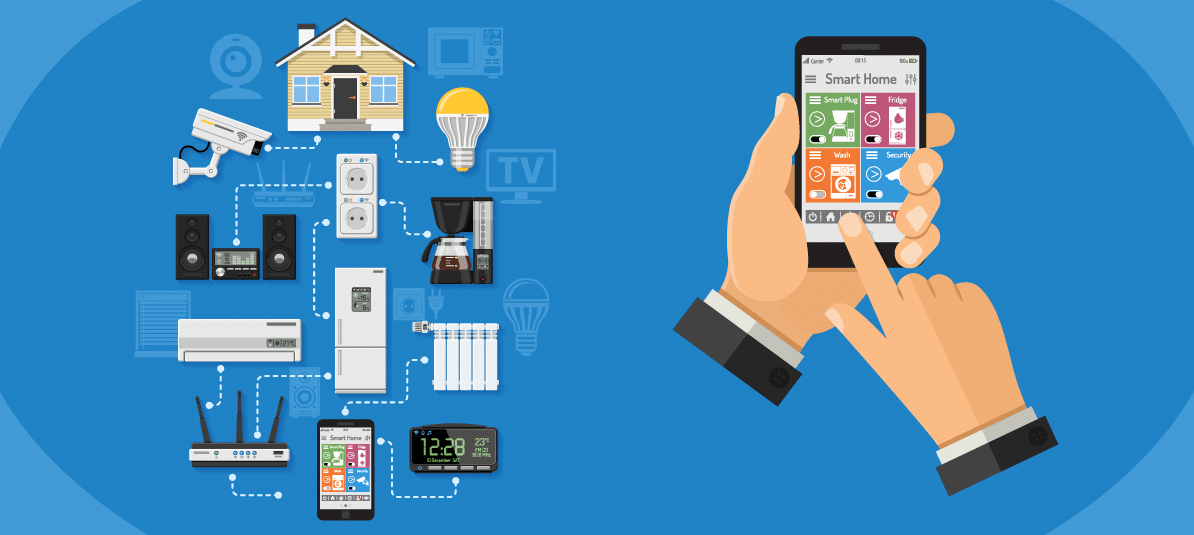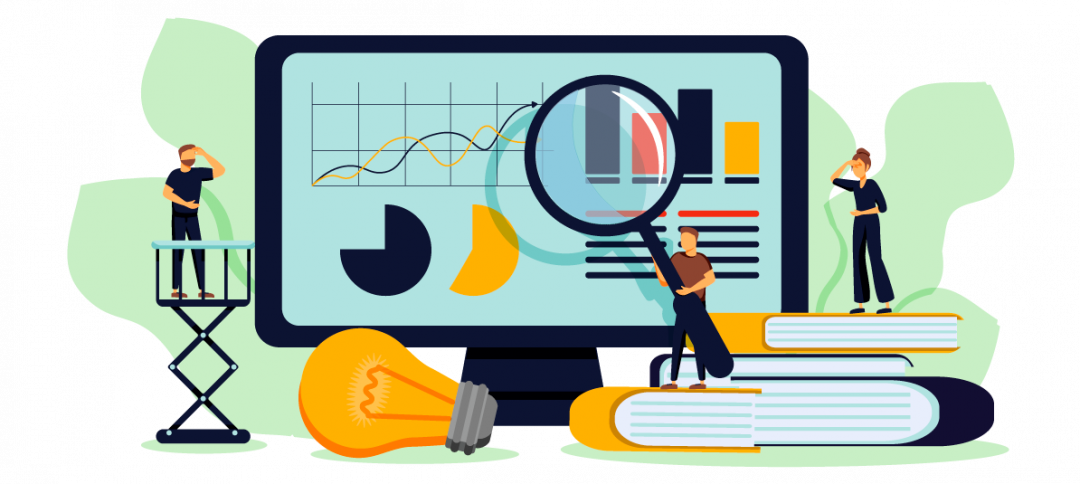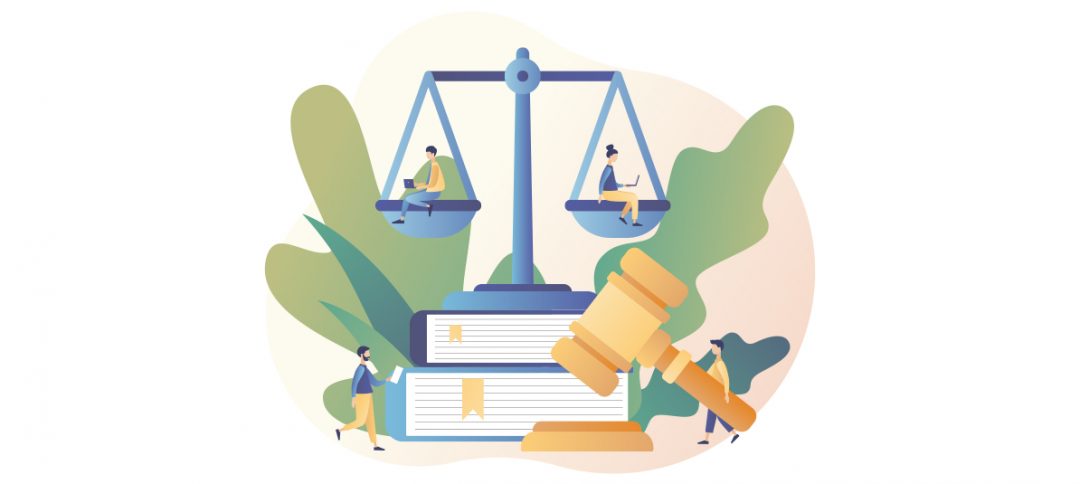The “Internet of Things” as a concept may well sound like science fiction to many people. However, the IoT, as it is popularly known, is much more present in our lives than we imagine: connected appliances to replenish supplies (detergent in the case of washing machines and dishwashers, or food in the case of refrigerators); smart cars that can autonomously contact an emergency service if the driver has an accident; homes where windows, doors, lights and temperature can be controlled from an app on your smartphone, and much more.
Everyday connections
All this is possible thanks to the interconnection of everyday objects through the Internet – in other words, the Internet of Things. All this translates into a wealth of information that insurance companies can take advantage of to help improve the quality of life of their customers. How?
Getting to know the customer
Basically, by making a good analysis of all the data that our “things” generate: our consumption patterns, the way we drive, the conditions of our home, and even data related to our health… all this information about our habits makes it easier for insurers to offer us much more personalized products focused on our real needs and our risk profile.
Cover risks, but also prevent them
The sector is already working on it. In fact, according to a survey conducted by Accenture, 39 percent of large insurance companies are already working on products and services related to IoT and 44 percent believe that this business segment will become increasingly important for the sector. Moreover, this knowledge about customers could make insurance companies take on a much more active role in risk prevention, especially in three prominent areas: automobile, health and home.
6.5 billion connections… and growing
Experts believe that the IoT will be a great opportunity to improve and innovate within the insurance sector for the benefit of customers. It is estimated that there are currently some 6.5 billion devices connected to the Internet and that three million more are added every day. Another number to ponder: this year, the IoT will generate 50 trillion gigabits of information. The great challenge lies in the ability to organize this vast amount of information, to manage to unravel the truly interesting data, and to analyze it to predict customer risk.









